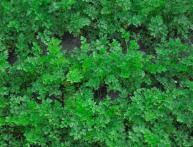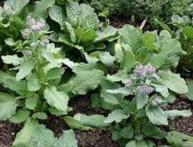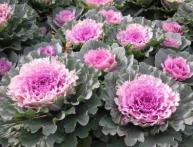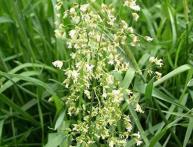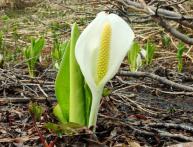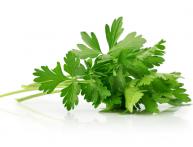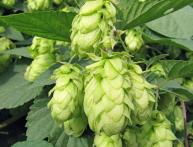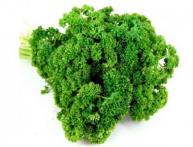Common plantain and its cultivation
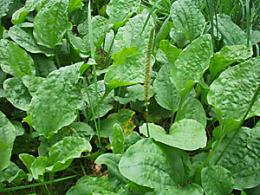
Plant common plantain everyone knows it well, since it is widespread in the wild and has hemostatic properties. Who among us as a child did not have our parents apply a plantain leaf to a wound or scratch? In the Middle Ages, this plant was an indispensable remedy for treatment. gastrointestinal diseases and weeping wounds. It is still widely used today, both in folk and traditional medicine. I always thought that plantain sold in pharmacies was simply collected in environmentally friendly places, but it turns out There are special farms where it is grown.
Common plantain will grow well in any soil except heavy clay or waterlogged soil, but no more than 2-3 years in one place. The soil must be carefully leveled and compacted. Dry plantain seeds are sown before winter in the furrows about 0.5 cm deep. The distance between the grooves should be 45-60 cm. In spring, plantain can be planted only after two months stratification. In this case, planting is carried out as early as possible, after digging up the soil to a depth of 3-4 cm and rolling it.
Productivity will be higher if you use fertilizers You can use humus and mineral fertilizers for digging, superphosphate or nitrophoska for sowing, and nitrogen fertilizers as you grow. In the first year of the plant's life, leaves are collected only once, in the second and third - twice. Collecting leaves it is advisable to carry out when their length reaches 12 cm. When the lower part of the inflorescence is ripe, collect seeds, they are also used in medicine, and are also necessary for future plantings.

